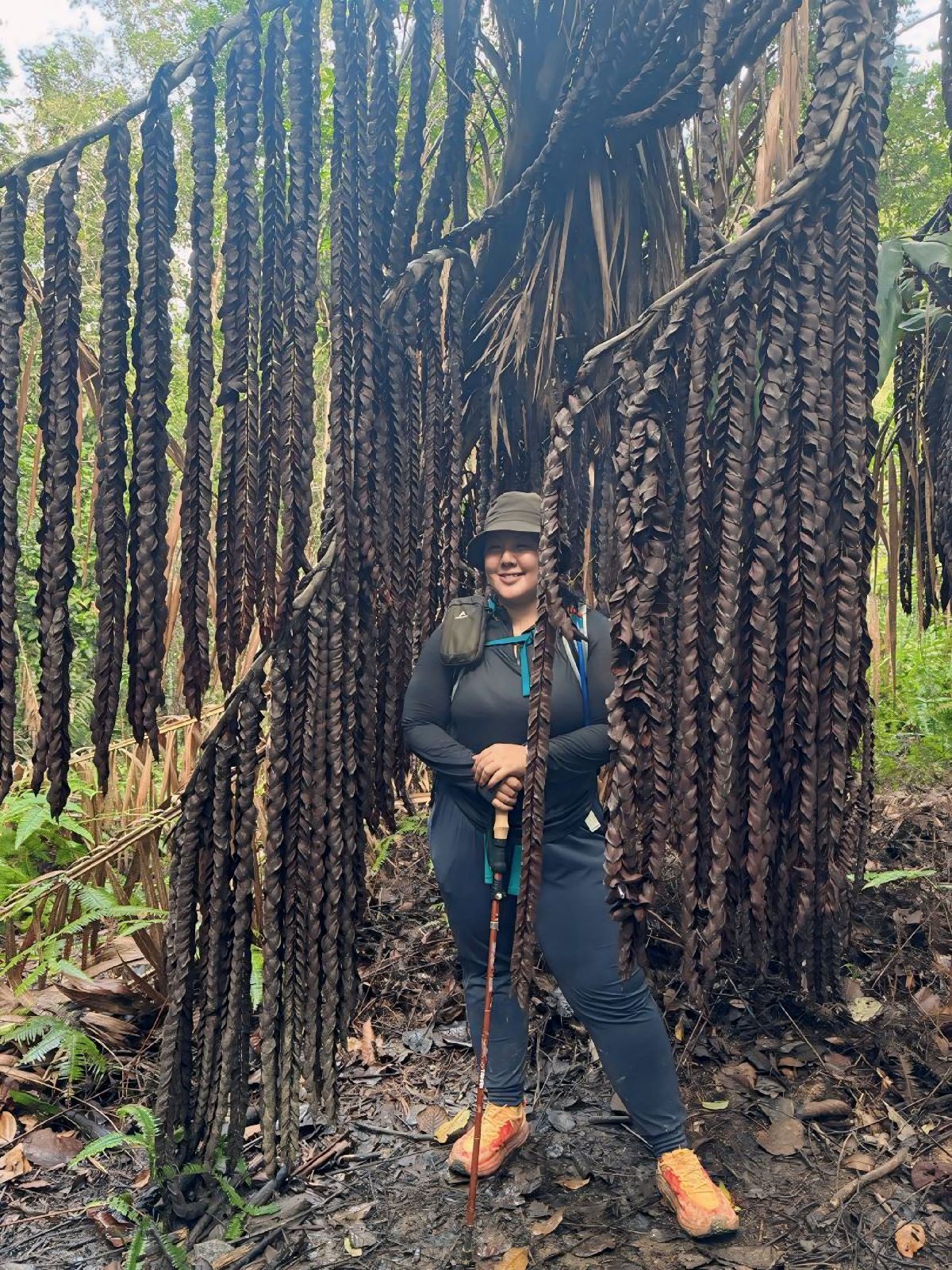Lessons Learned on Packing Light for Day Hikes
As I’ve clocked more trail hours, I’ve come to appreciate the art of packing light. It’s a constant balancing act: carrying just enough for safety and comfort while not overloading yourself with unnecessary weight. Through trial and error, I’ve swapped out gear and rethought my essentials to achieve a minimalist setup. Here's what I’ve learned and how my gear has evolved:
Gear Evolution
1. Backpacks
My journey started with the Deuter Trail 30, a reliable pack but heavy at about 850g. I switched to the Osprey HikeLite 26L, which trimmed the weight to 585g while maintaining comfort and functionality. My current experiment? A Hypergear pack with no internal frame. It’s ultralight but lacks support. I’m testing it tomorrow, fingers crossed!
2. Bowls and Utensils
To shave weight, I’m switching to IKEA’s kid-friendly bowl and cup set. Perfect for day hikes, they’re lightweight yet functional.
3. Knee Support
I ditched bulky knee guards for kinesio tape. It’s effective and eliminates the annoying issue of guards rolling down mid-hike.
4. Extras
My other key swaps include soft flasks instead of traditional water bottles and a rain cover that triples as a personal fly or ground cover. Every ounce saved adds up over long distances.
Current Packing List
Here’s my refined day-hike essentials. Each item serves a purpose, ensuring I’m prepared without unnecessary bulk:
- Soft flask: Lightweight hydration solution.
- Kinesio tape: For joint support without the bulk.
- Garmin HR watch: Keeps me on track with real-time stats.
- Headlamp: A must-have for early starts or unexpected delays.
- Battery pack: To keep devices charged.
- Earbuds: For tunes or podcasts on solo hikes.
- Tripod: Compact and essential for capturing memories.
- Spoon, coffee cup, bowl: Basic dining essentials for breaks.
- Ready-to-eat meals: Fuel that doesn’t require cooking.
- Socks (2 pairs): Dry feet are happy feet.
- Butt pad: Comfort during rest stops.
- Gloves: For grip and hand protection.
- Rain cover: Multipurpose for weather and resting.
- Electrolyte powder (LMNT): No more cramps since using it.
- Inflatable pillow: For napping at peaks.
- Emergency blanket: Lightweight but could save your life.
- First-aid kit: Stored in a zip-lock to stay dry.
- All-terrain shoes and hiking sticks: Not shown but crucial.
- Miscellaneous tools: Zip ties, rope, tool card for emergencies.
The Payoff
Packing light isn’t just about comfort; it’s about freedom. A lighter load reduces fatigue, prevents injuries, and allows me to move more efficiently. But it’s not just about the weight, it’s about being intentional with every item.
If you’re new to hiking or looking to improve your setup, start by re-evaluating your gear. Ask yourself, “What do I really need?” Swap out heavy items for lighter alternatives without compromising on safety or quality. With a little creativity, you’ll find that light doesn’t mean less, it means smarter.




Comments
Post a Comment